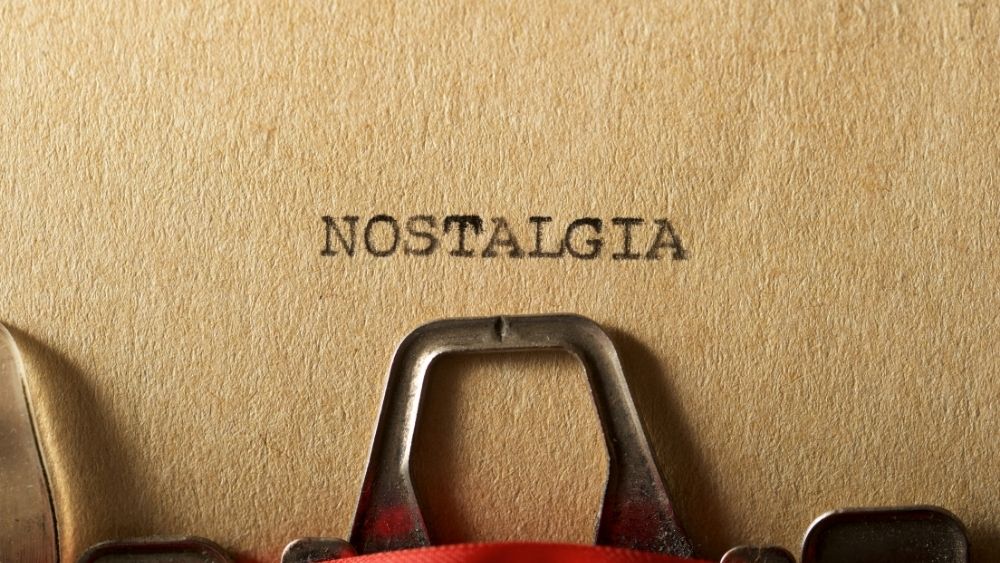A couple of weeks back, I was fortunate to be invited by a well respected University in the UAE to do a guest talk ( if it came across as ‘ guess talk ‘, my apologies) with their final year graduating students and some faculty members. Future engineers, management graduates, psychologists, economists, accountants, technologists etc constituted the diverse audience set. It was very gracious of them to invite me and I am grateful for the learning opportunity it provided.
Since a majority of the audience viz the students were on the cusp of going into industry after their graduation, one touchpoint of the engagement centered around what is conventionally called ‘ the elevator pitch ‘.
What is an elevator pitch?
Not that it maybe needed but outlining here what an elevator pitch is : An elevator pitch is a brief (think 30 seconds!) way of introducing yourself, getting across a key point or two, and making a connection with someone. It’s called an elevator pitch because it takes roughly the amount of time you’d spend riding an elevator with someone.
Psychology 101 would argue that the brain remembers what it least expects, so deliver the unexpected. So, the typical elevator pitch would be mostly about ‘ I, me, myself..blah blah blah…and more blah blah blah’. Hence, often times failing to get the acknowledgment, respect and setting the foundation for keeping the conversation going well after the elevator doors have closed, metaphorically speaking.
So, how do we disembark on the correct floor of onwards, upwards and progress? How about a dose of ‘ pattern interrupt‘ ?
What is a ‘ pattern interrupt? ‘
A pattern interrupt, put simply, is anything that surprises the person you’re talking to. Prospects expect certain things from salespeople. By breaking the mold, you’ll alter their apprehensive state and make them much more receptive to you.
Which is exactly what you are seeking to do in an elevator pitch. Except what you do here is focus on the person on the person that you are talking to and make it about her occupation, interests etc etc rather than be about you being the best, the tallest, the fattest…
Originating from neuro-linguistic programming, pattern interrupt involves recognizing an unwanted pattern, disrupting it, and leading someone to the desired behavior.
A study conducted at Harvard University’s Department of Psychology by Dr Ellen Langer is worth looking into. The study exposed a senior male group of participants to be away from routines at home and nursing facilities, to live for a week in an environment that was physically similar to where they had lived when they were younger. They discussed historical events as if they were current news( the power of active communication), took care of their own ADLs( Activities of Daily Living) and personal needs, and shared photos of their younger selves. A week later, they showed improvement in physical strength, manual dexterity, posture, perception, memory, cognition, taste sensitivity, hearing, and vision. They even showed improved scores on IQ testing. Visual cues within our environment serve as reminders of memories and functioning.
It is good to perennially question convention to make things better. Probably mandatory. Because the world is desperate for new thinking and therefore new possibilities.
Ready for some OTISm? And students, as you get ready to step into the real world, how about creating your anti-resume? And borrow richly from the idea of pattern interrupt in so doing!
ENDS

